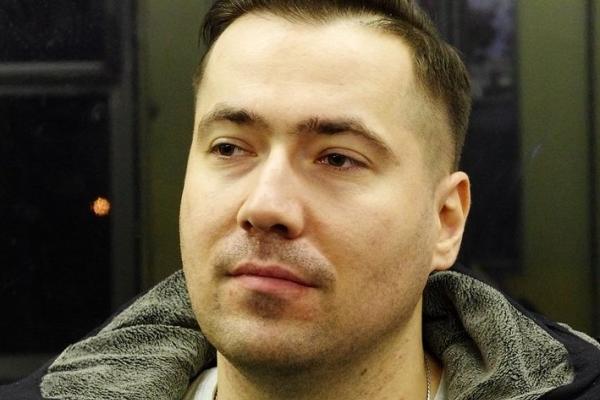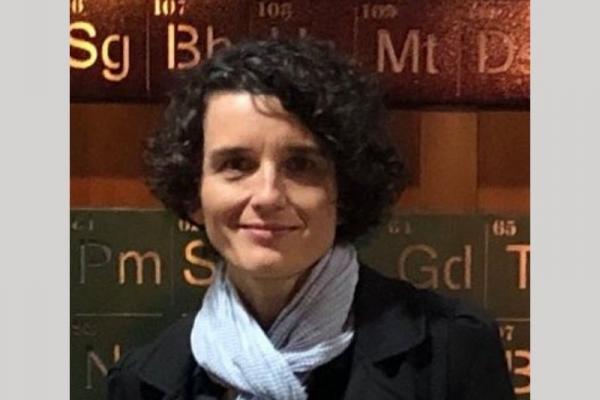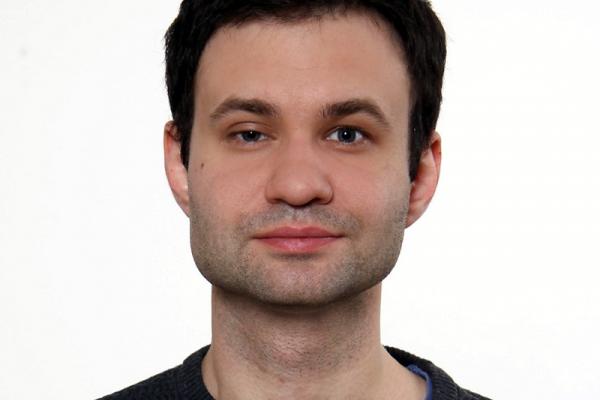Politechnika Łódzka
Lodz University of Technology (TUL) is the second-largest university in Poland: almost 3,000 staff, over 17 000 students, including graduate. The university comprises 9 faculties and 3 colleges; its offer currently includes 48 fields of study. It is the 6th best university among 23 universities of technology (12th best university among all HEIs in Poland) and the 3rd most innovative university among all universities in the national “Perspektywy” (“Prospects”) Ranking. TUL is one of 12 Polish universities which were included in the Times Higher Education World University Rankings. The university further stands out with a total of 856 inventions to date, and 532 patents granted between 2008 and 2016.
TREX work will be embedded in the Institute of Physics. Experimental and theoretical investigations in most research areas of modern solid-state physics are carried out in the Institute. Examples include investigations on the preparation and properties of crystalline, liquid crystalline and amorphous materials. The interaction of coherent radiation with matter is also focus point for study, e.g. related to practical applications like medical diagnostics and therapy. Further research areas include numerical simulations of semiconductor optoelectronic devices. Investigations concerning the general theory of relativity and mathematical physics are also performed in the Institute.
Role in TREX
TUL will be involved in extending the applicability of the exascale-enabled QMC software, developed in the TREX project, to van der Waals functional materials. Importantly, TUL will be the lead partner in the Demonstration Work Package and intensively contribute to Training and Dissemination actions. Tasks will be performed specifically by the Quantum Chemistry Group in the Institute of Physics at TUL. The group has large experience in the development and application of electronic structure methods based on electron density and reduced density matrices. This includes the development of efficient density functional methods for describing molecular interactions. The recently developed computational methods applicable to weakly interacting multireference systems will be at the heart of one of the main technical tasks performed by Quantum Chemistry Group.
Relevant infrastructures and facilities
TUL owns the HPC cluster offering the resources of: 776 CPU cores, ~4 TB aggregate RAM, ~250 TB of storage. The Institute of Physics hosts three HPC clusters, the total resources of which are: 300 CPU cores, ~2TB aggregate RAM, ~25TB of storage (3 nodes with 384G RAM per node).






